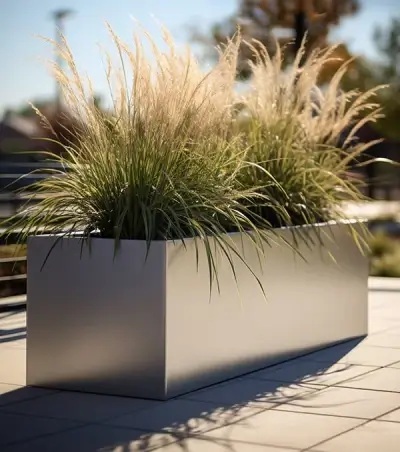Start a custom project with our advisors
We’ll apply our 30 years of experience working from design to delivery to make sure that your custom project is a success!

Seeking Inspiration?
Take a look at some of our top rooftop projects.
Fantastic Rooftop on Serif & The Line Hotel
San Francisco, CA














